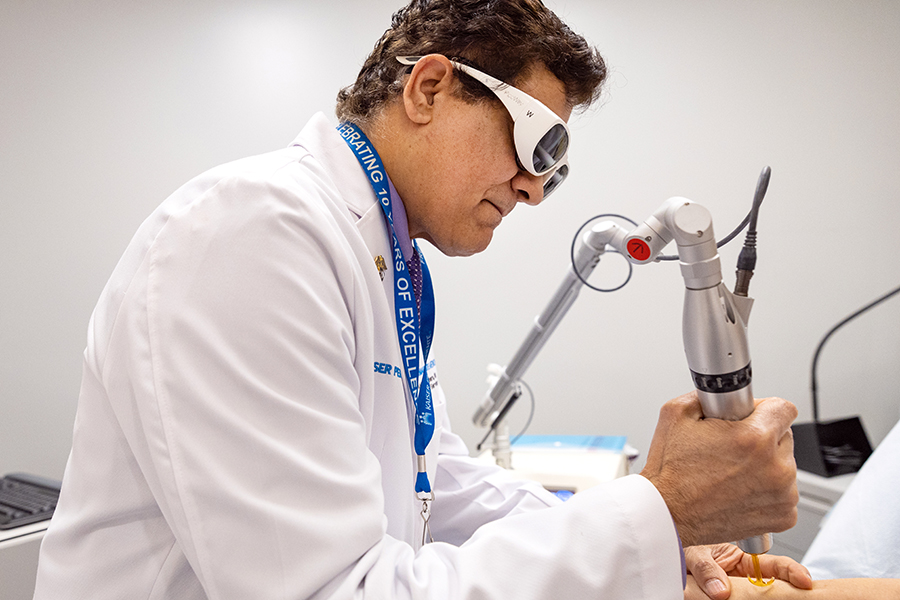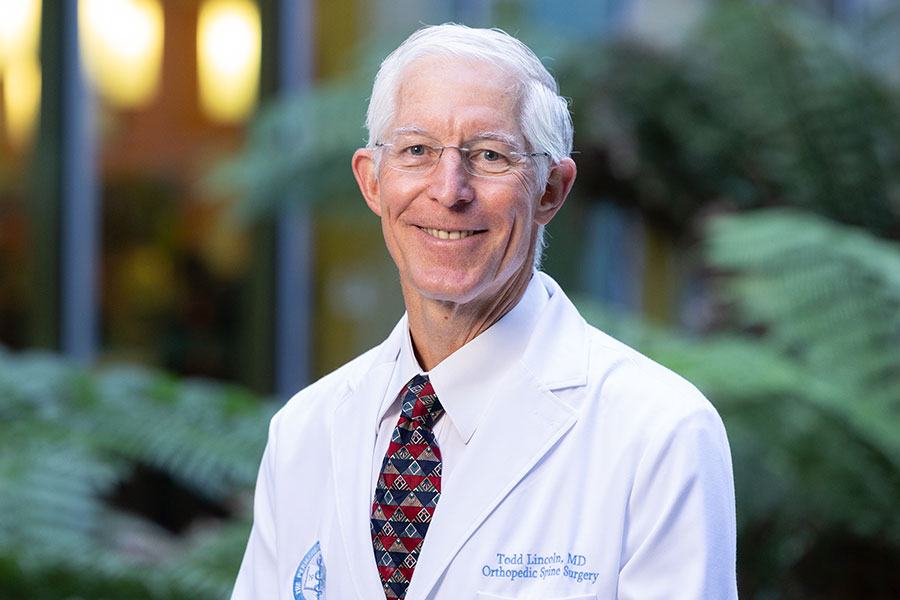February 22, 2022
When Morris Collen, MD, first learned about the idea to establish the physician partnership that would become The Permanente Medical Group, it came as a surprise.
Dr. Collen recalled in a 1986 interview that Sidney Garfield, MD, casually approached him in the doctors’ dining room at the Permanente Hospital in Oakland in 1948 and said, “Morrie, we have decided to set up a partnership for our physicians, and we would like to know if you would be willing to be a partner.”
Dr. Collen replied, “Well, I don’t know all the implications, Sid, but if you think that’s best, I’d be very happy to.”
At the time, the Permanente medical care program was under the control of Dr. Garfield, as Garfield and Associates. But because of the tensions and uncertainties of the post-war years, Dr. Garfield and his colleagues felt it best to restructure the organization into three distinct components: The Permanente Health Plan, Permanente Hospitals, and The Permanente Medical Group.
The partnership that would become The Permanente Medical Group was officially established on February 22, 1948, with seven partners: Dr. Garfield; Dr. Collen; Cecil Cutting, MD; A. LaMont Baritell, MD; J. Paul FitzGibbon, MD; Robert King, MD; and J. Wallace Neighbor, MD. (The Permanente Hospitals were incorporated on February 20, 1948.)
These physician leaders defined the principles that continue to guide Permanente Medicine today, including multispecialty group practice, prepayment, an emphasis on prevention and early detection, and physician responsibility for making optimal care decisions for their patients.
In April of the same year, the seven partners defined three categories of physicians in the medical group: senior partners, junior partners, and physician employees. Dr. Garfield later said of this agreement: “We wanted to preserve the feeling that they were their own bosses and controlled their own destinies.”
Although the physician partnership was firmly established, a notable change was on the horizon. For the first year after its formation, Dr. Garfield continued to perform his duties as executive officer of the health plan and hospitals. But with the organizational restructuring that had taken place—the formation of The Permanente Health Plan, Permanente Hospitals, and The Permanente Medical Group—it was considered a potential conflict of interest for Dr. Garfield to oversee all three entities. So on the advice of George Link, Henry J. Kaiser’s tax attorney, Dr. Garfield withdrew from the physician partnership.
A second partnership agreement—which superseded the one from 1948—became effective on July 1, 1949. The other six original partners signed it, joined by Melvin Friedman, MD, and Alexander King, MD. Although Dr. Garfield was officially out of the partnership with this change, he continued to serve in a leadership role in TPMG for several more years.
Today TPMG is the largest and one of the most distinguished medical groups in the country. Through our innovative approach to medicine, TPMG physicians continue to carry on the legacy of our founders—that of delivering outstanding care to 4.6 million patients in Northern California.






